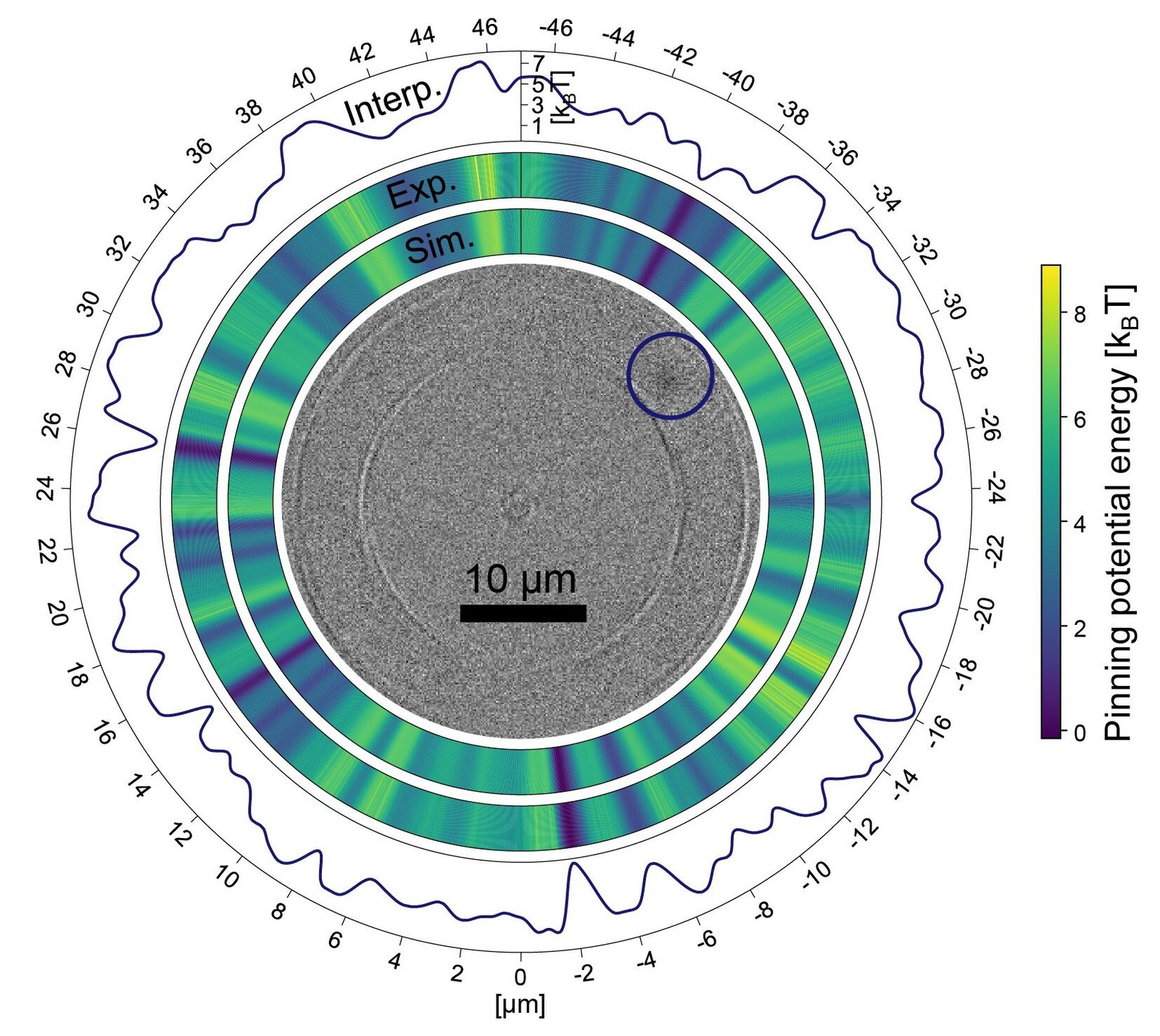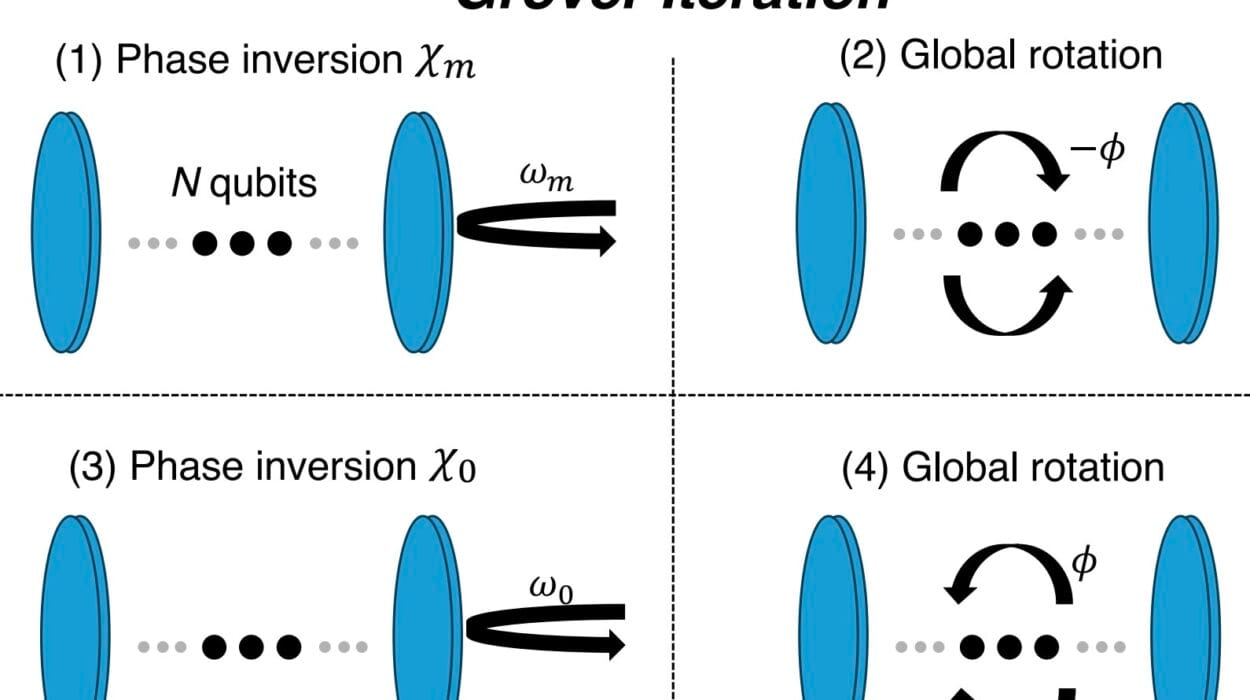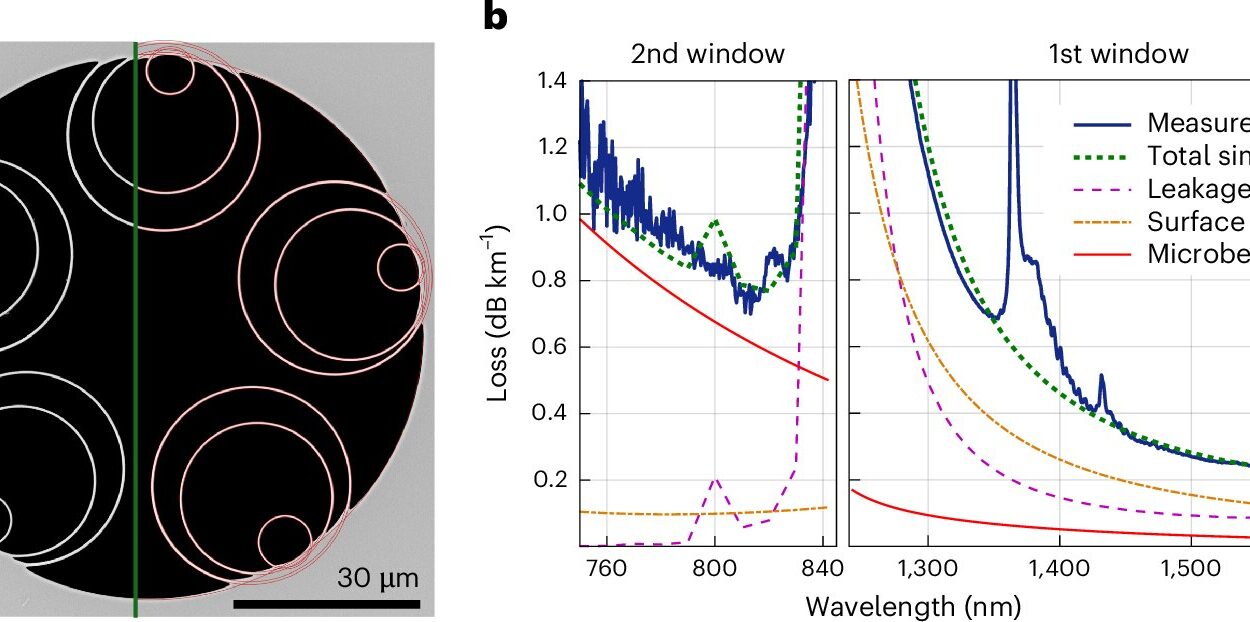Skyrmions are fascinating magnetic structures that have drawn increasing attention for their potential applications in advanced data storage and computing systems. These nanometer- to micrometer-sized magnetic whirls possess unique characteristics, including particle-like behavior, and can be efficiently manipulated by electrical currents. These properties make skyrmions an ideal candidate for the development of next-generation technologies, including low-energy consumption computers and storage devices. However, simulating the internal dynamics of skyrmions has long been a challenge due to their complexity, making it computationally expensive and time-consuming to accurately model them.
The Challenge of Simulating Skyrmions
Skyrmions are highly dynamic, intricate structures that involve the arrangement and behavior of magnetic spins. To understand and utilize skyrmions for practical applications, accurate simulations of their movement and interactions are necessary. However, these simulations require significant computational resources, as they must account for a large number of interacting spins. This has made it difficult to simulate skyrmions in a way that is both computationally feasible and experimentally relevant.
One potential solution to this problem is to model skyrmions as particles, much like the simulation of molecules in biophysics. By simplifying the structure of skyrmions into discrete particles with similar dynamics, researchers could more efficiently simulate their behavior without needing to track the motion of each individual spin. However, a critical challenge remains: achieving a correspondence between the simulation time and real experimental time, a step that has been elusive until now.
A Collaborative Breakthrough
To address this issue, a team of physicists from Johannes Gutenberg University Mainz (JGU), led by Professor Peter Virnau and Professor Mathias Kläui, has developed a novel approach that bridges the gap between theory and experiment. The team combined the expertise of theoretical physics and experimental techniques to create a method that allows for the efficient simulation of skyrmion dynamics while maintaining accuracy in predicting real-time behavior.
The key innovation of their method lies in its ability to determine the conversion between simulation time and experimental time. By using experimental measurement techniques in conjunction with analysis methods from statistical physics, the researchers have developed a way to simulate skyrmion behavior with much higher efficiency and precision than previous methods.
Maarten A. Brems, a theoretical physicist who played a key role in the development of this method, explained that their approach not only enables accurate predictions of skyrmion dynamics but also ensures that the simulations run at speeds comparable to real experimental processes. “We can now not only quantitatively predict the dynamics of skyrmions, but the simulations are also similar in speed to the experiments,” Brems said.
Impact on Skyrmion-based Technologies
The ability to simulate skyrmions with such high efficiency and accuracy holds enormous promise for accelerating the development of skyrmion-based technologies. This breakthrough significantly reduces the computational cost and time required to study skyrmion dynamics, making it easier for researchers to design and optimize new devices and materials based on these magnetic structures.
In particular, the improved simulations are expected to play a crucial role in the development of energy-efficient computing architectures. As traditional computing technologies reach their limits in terms of speed and energy consumption, alternative architectures based on skyrmions offer an exciting path forward. These devices could potentially reduce energy consumption by orders of magnitude compared to current technologies, making them ideal candidates for future generations of computers, data storage devices, and other electronic systems.
Professor Mathias Kläui emphasized the significance of this development in the context of JGU’s TopDyn research area, which focuses on the study of dynamics and topology in physics. “The predictive power of the new simulations will significantly accelerate the development of skyrmion-based applications,” he said, highlighting the importance of this breakthrough in the ongoing quest for novel, energy-saving technologies.
A Step Forward for Skyrmion Research
This advancement in simulation technology represents a major step forward in the field of skyrmion research. By enabling researchers to more easily and efficiently study the behavior of these magnetic whirls, the new method will likely speed up the exploration of their potential applications. As skyrmion-based technologies continue to evolve, the combination of experimental insights and advanced simulation techniques will pave the way for innovative breakthroughs in data storage, computing, and beyond.
Published in the prestigious journal Physical Review Letters, this study marks a significant milestone in the growing body of research on skyrmions and their potential for revolutionizing the tech industry. The collaboration between theoretical and experimental physicists at JGU has provided a powerful tool that will no doubt drive the next generation of skyrmion-based applications and bring us closer to realizing their full potential in practical, real-world technologies.
In summary, this innovative approach to simulating skyrmion dynamics promises to accelerate the development of energy-efficient technologies and could play a pivotal role in shaping the future of computing. The efficient simulation of skyrmions, now with the ability to match experimental timescales, opens up new possibilities for their use in devices that could drastically reduce power consumption while enhancing computational power and data storage capabilities.
Reference: Maarten A. Brems et al, Realizing Quantitative Quasiparticle Modeling of Skyrmion Dynamics in Arbitrary Potentials, Physical Review Letters (2025). DOI: 10.1103/PhysRevLett.134.046701






